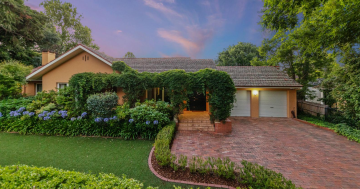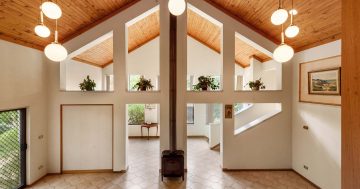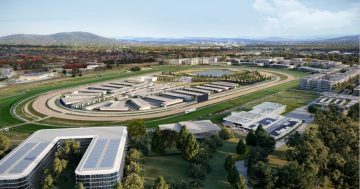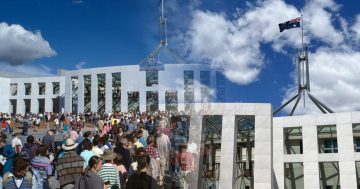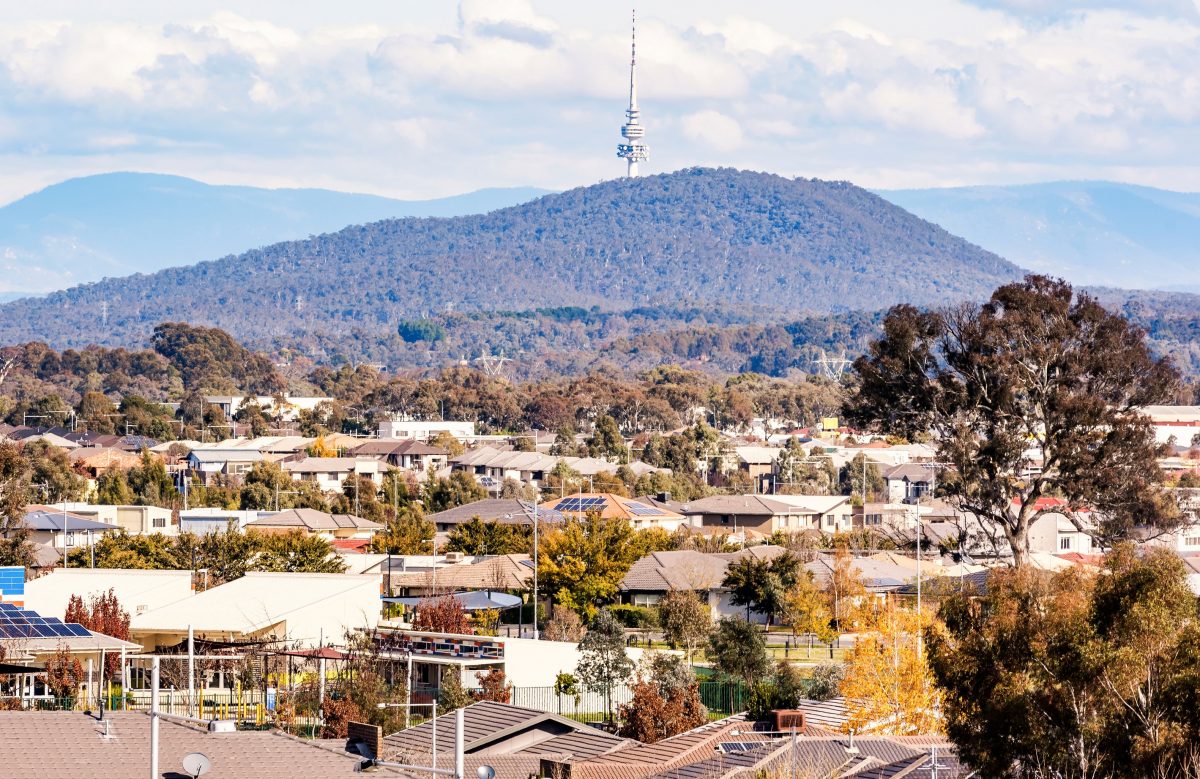
A study by the British Buildworld group reveals that Canberrans are building the biggest homes in the world, which is not necessarily a good thing (according to critics). Photo: File.
Canberrans officially have the largest homes in the world, according to a survey that measured dwellings in more than 70 capital cities.
British construction firm Buildworld found the median ACT home had 256 square metres of floor space, compared with the next largest, Cairo, with 189 square metres.
Canberrans also have 560 per cent more floor space than their counterparts in Moscow (256.3 square metres versus 45.5 square metres).
And it wasn’t just a first for Canberra.
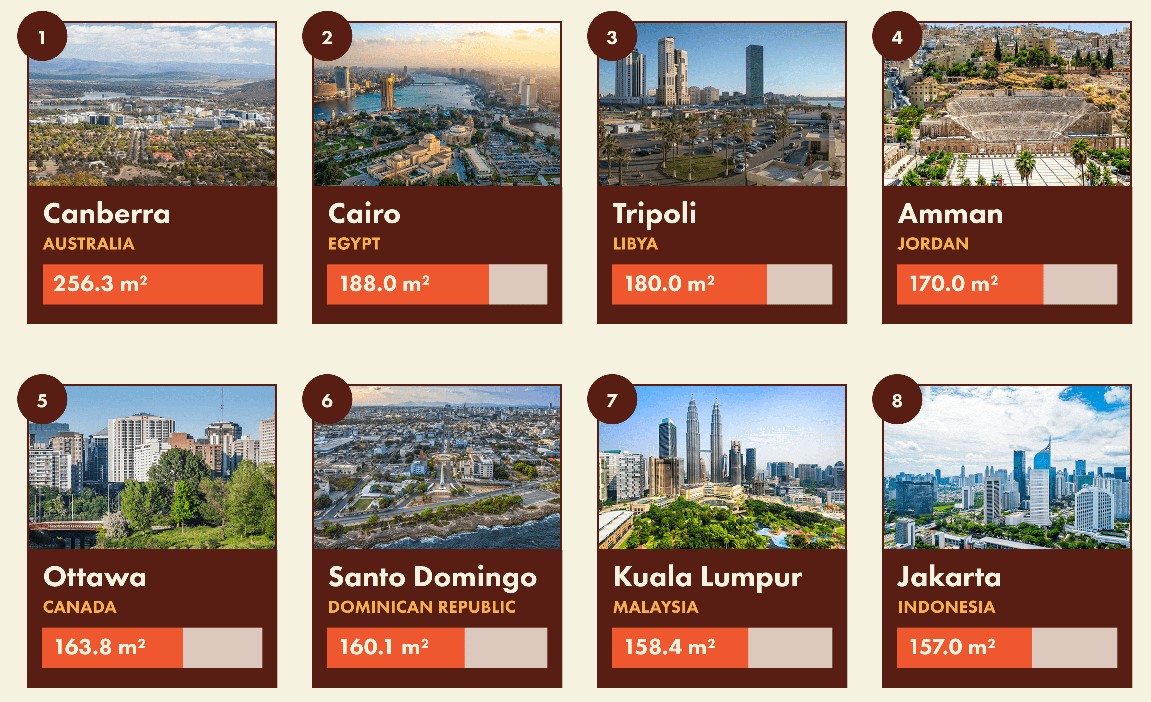
The capital cities with the largest median houses … Image: Buildworld.
The survey showed that Australia was also the leading nation in the world when it came to the biggest homes, with a median size of 188.2 square metres.
Buildworld analysed house and apartment listings in global capitals around the world from the past year using real estate sites and property studies. It then calculated the median home size for 72 major cities and converted all measurements to square metres.
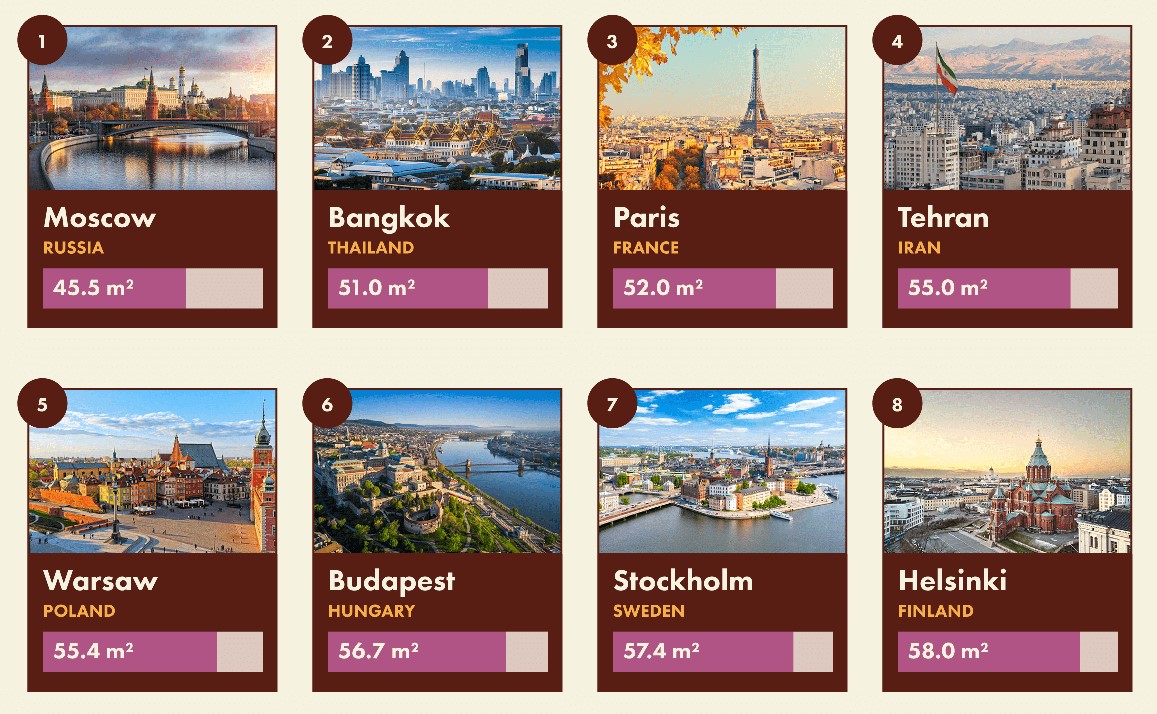
… and the eight smallest. Image: Buildworld.
The study found that Brussels in Belgium was the European capital with the largest average size home (151.8 square metres) while Moscow had the smallest average home size of any world capital.
Comparing Australia to the United States, the study shows that the two nations had the highest average home size, but if you take a closer look at their capital cities, Canberra comes out way ahead.
The average size of a home in Washington DC is only one-third of the Canberra total, 86.6 square metres, ranking 35th of the 72 capital cities in the study.
London fared even worse, ranking 50th (75 square metres), while the Scottish and Irish capitals both ranked in the top 25.

National president of the Australian Institute of Architects and Canberran, Shannon Battisson said building large houses was not necessarily the right decision for everyone. Photo: File.
Critics suggest building massive homes in Canberra is a trend that’s out of control, with developers adding rooms for the sake of it and bumping up the carbon footprint along with the property footprint.
National president of the Australian Institute of Architects and well-known Canberra architect Shannon Battisson told Buildworld that by building such large houses, we were “leaving vast members of the community behind because not everyone can or should afford a huge house, and lots of us who can’t afford these huge houses, but feel the need to build them because that’s what everybody builds, are building them really badly”.
In what has turned out to be a prescient opinion piece for Region in August 2020, Ms Battisson, wrote: “With 2020 being what it is, a year of natural disaster, climate crisis and global pandemic, it has offered up a great deal of time to think. I have been left with one recurrent thought, why do we invest so little energy into our homes, the spaces we ask to protect us in the most desperate of times?
“I don’t mean the kind of energy that keeps our Netflix powering (the climate crisis makes it clear that we use far too much of that), I mean the energy that we invest in deciding what’s important in our homes before we build the buildings to which we return at the end of each day or, as we now appreciate more than ever before, retreat to in times of danger.
“Despite how vitally important these spaces are, we continue to build in a way that prioritises size over character, outdoor space, and comfort.”
More information about the Buildworld study is available on its website.














